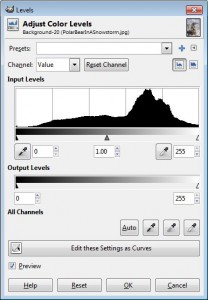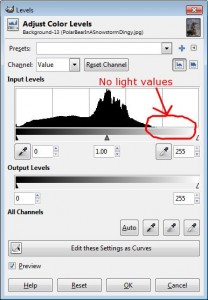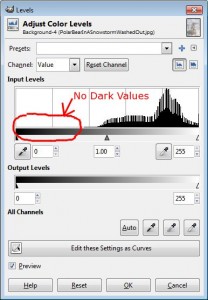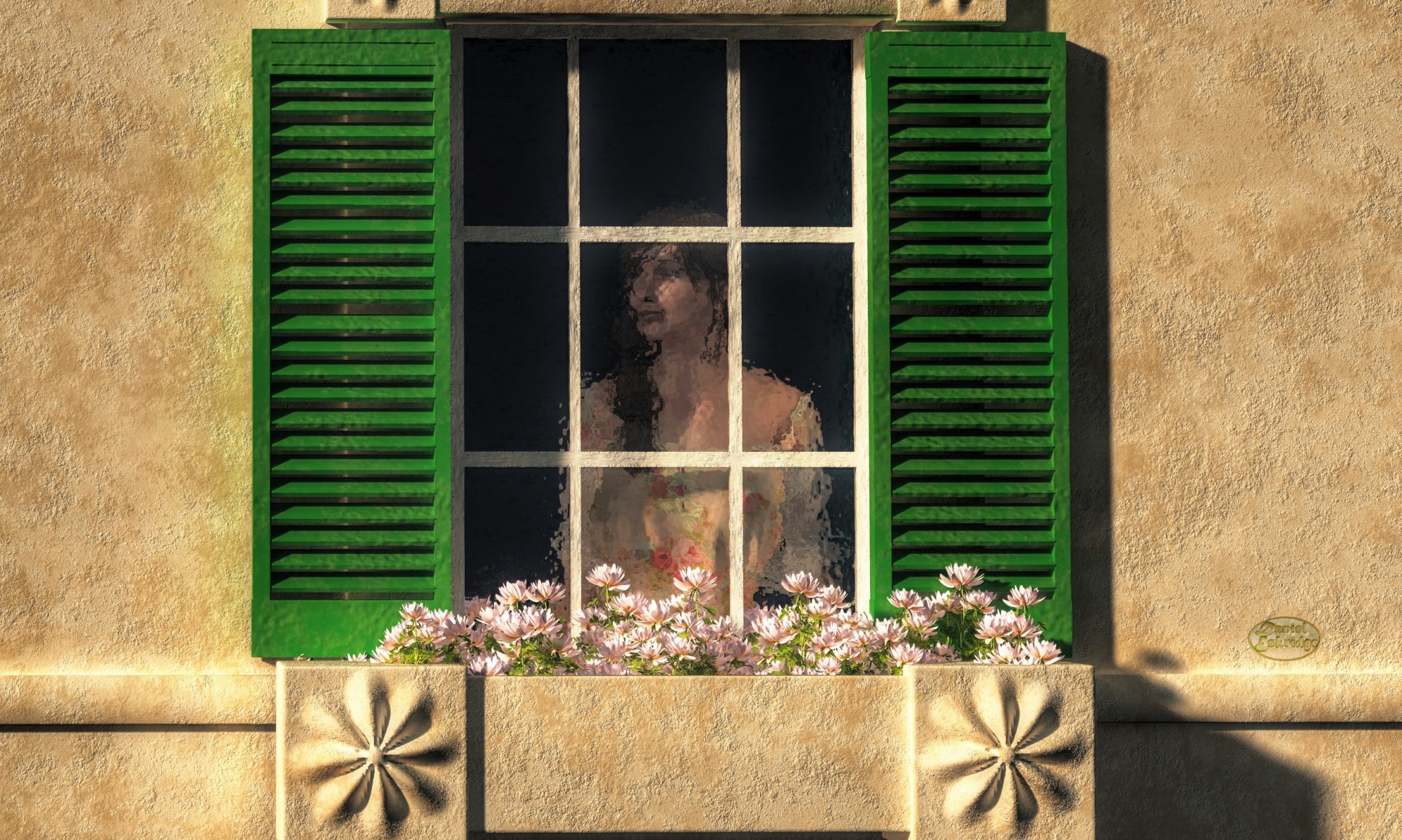I’ve said it before: you can make any kind of art and sell it. All you have to do is find the right people, people who like your art enough to buy it. Any piece of art you make has a chance of success. You can do everything wrong according to the fundamentals of art and, against the odds, still have a hit. However, if you want to play the odds, and, put them more in your favor that your art will be well received, then you need an understanding of the fundamentals of art.
Today, my subject is one of the those fundamentals: Value. I’m not talking about how much a work of art is worth. Rather, I am referring to value as the range of light and dark shades within it. It’s a mistake I see time and time again from artists whose works I look at: They don’t use a complete range of values: the lightest shade is not bright enough or the darkest not deep enough. The result is that potential buyers see such a work as drab, washed out, or just plain dull.



Buyers tend to react better to a full range of values. The darkest part of your artwork should be black and the lightest should be white. That is not to say your work should be dominated by large dark areas and large light areas. In fact, those end points may only take up a small amount of the total area of your work. The point is that your work has a complete range of values: it might be heavy in the dark values or light values, but it should not ever be completely lacking one or the other.
Since we’re talking about selling your art online, I know that you actually have an advantage in this area. In order to sell art online, you have to have digital images of your work. That means you can open such images in photo editing software, such as Photoshop or GIMP.
One thing you can do rather quickly to see the range of values in your work is to convert them to grey scale (assuming your work was not already a black and white image). Looking at a work without the color, makes the dark and light values easier to see. With photo editing software, removing the color can usually be done with a single click of a mouse.
Another thing you can do with such software is to look at the histogram of an image. This is a graph that actually shows you the distribution of value in your image. What’s more, you can usually adjust the value of your image using the histogram (though if you are selling originals, you should be careful not to adjust so much that the digital image no longer accurately represents the original).



So, in order to potentially increase the value OF your art, pay attention to the value IN your art.
Regards,
Daniel
P.S.
Don’t forget to check out this week’s sponsor, Dick Blick Art Materials (since I offer this site for free, I have to fund it somehow 😉 )







Great post Daniel. I’m really glad you started this blog.